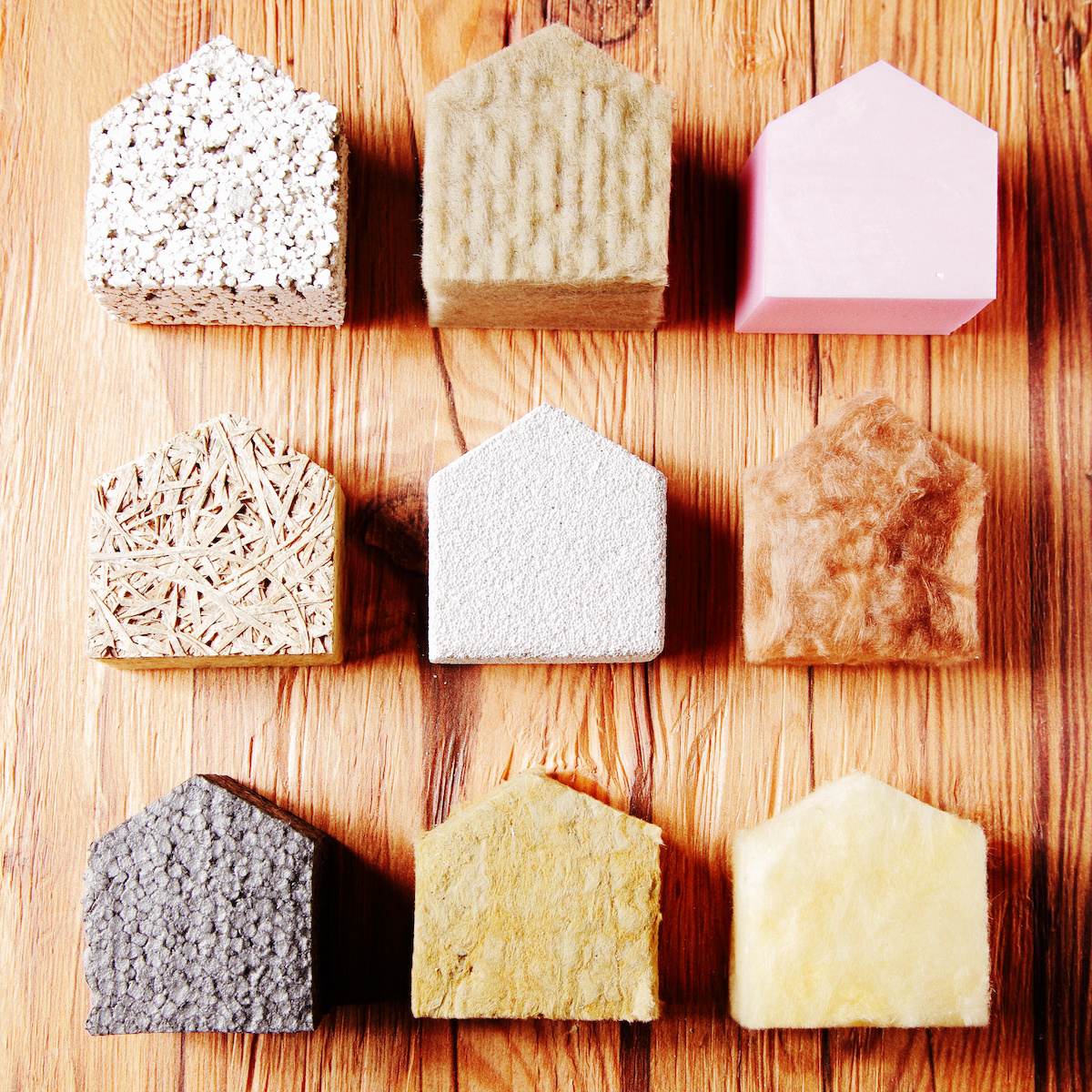Does your home feel a little too toasty in the summer and a little too chilly in the winter? It’s possible you lack the proper insulation, especially if your house was built before 1980. With energy-efficient insulation, you’ll run your heat and air conditioning less, because you’ll prevent air from leaking in or out of your home. Depending on where you live and the type of insulation you choose, an insulation upgrade could lower your electricity bill by up to 50 percent. Here’s what you need to know about energy-efficient insulation.
What Is an R-Value?
Every type of insulation has an R-value assigned to it. This number represents how much air can get through that specific piece of insulation. Larger numbers are better – the higher the R-value of your insulation, the less likely it will be to leak warm or cold air.
The R-value you need in your house is determined by your climate zone. As you move farther north, the recommended R-value increases. For example, homes in the northern half of the country typically require values of R60 or higher to properly insulate an attic, whereas homes in the southern half may be sufficiently insulated with a value of R49.
The other thing to remember about R-values is that they dictate how much insulation you should put in. If you’re adding layer after layer of insulation, you’re going to hit a point where it’s no longer saving you money on your bill — it’s just increasing your material costs.
What Types of Insulation Are Available?
Because the R-value of insulation changes based on the type you’ve chosen, it’s important to know what types of energy-efficient insulation are available.
Fiberglass Insulation
This is the most common type of insulation. It comes in rolls or batts in a variety of widths and thicknesses, which provides flexibility in terms of placement. But it has to be installed correctly, otherwise it won’t work. First, you’ll need a vapor barrier to keep moisture out of the insulation. Next, you’ll have to make sure there’s not a single gap — any gap, even a small one, will reduce its effectiveness. Although it can be installed into virtually any wall in your home, fiberglass insulation settles over time. That settling lowers the R-value, so you may need to fix another insulation problem later on in the future.
Cellulose Insulation
Cellulose insulation is also known as green insulation, thanks to the materials it’s made with: recycled cardboard, paper, and newsprint. It’s usually treated to be fire- and pest-resistant. So while it may be good for keeping your home safe, keep in mind that people with sensitivity to chemicals may have an adverse reaction when this insulation is used in the house. Aside from that, this option is incredibly environmentally friendly — and it also offers sound insulation, a good R-value, and a reasonable price.
Spray Foam Insulation
As the name suggests, spray foam insulation is installed by spraying the material into empty, uninsulated spaces. It’s made with two chemicals that mix together upon contact. When they hit the wall, the combined chemicals instantly begin to expand, filling every nook and cranny that could permit airflow. Since spray foam insulation doesn’t retain water, it’s good for places like attics, basements, and crawl spaces, where liquid more commonly works its way into the home. The negative side of this one is that it off-gasses, it’s messy, and you usually need to hire a qualified professional to install it.
Foam Insulation Boards
These rigid boards of insulation work just about anywhere in your home. Unlike fiberglass insulation, which can start to droop and let air escape over time, the boards retain their shape. Foam insulation boards also don’t off-gas, they don’t absorb water, and they’re both lightweight and inexpensive. Depending on the type of board you purchase, you can get relatively high R-values — though the standard board has a pretty decent R-value already.
How Do You Install Insulation Materials?
If you’re particularly handy, you can likely install the insulation materials yourself — but keep in mind that it’s always best to enlist the help of a professional. Incorrectly installed insulation can result in gaps that allow airflow. That means you’ll lose heat in the winter and cool air in the summer, causing your HVAC system to work harder to maintain the desired temperature. But properly installed insulation will help you save on the cost of heating and cooling. In some cases, you may even be able to switch to a smaller, more efficient climate control system.
Why is Insulating the Attic Important?
When you’re insulating your home, make sure you remember to insulate the attic, even if you aren’t going to be using it for anything other than storage. Without insulation, the attic sucks up heat in the wintertime, because hot air rises and collects there. In the summer, the sun heats up the attic, which pushes heat down into your home — negating all the hard work your air conditioner is doing. Save yourself the trouble by investing in proper insulation.
